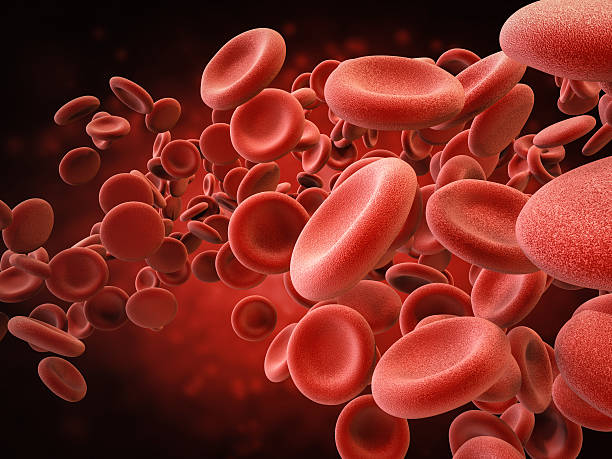
The sugar present in your blood is called glucose. Insulin (a hormone made by the pancreas) helps glucose from the food entering your cells to be used for energy. In certain cases, your body doesn’t make enough or any insulin or doesn’t use insulin well. In such a situation, Glucose stays in your blood and doesn’t reach your cells.
Over time, having too much glucose (blood sugar) in your blood makes you diabetic. If glucose keeps building up in your blood, it gets bonded to the haemoglobin in your red blood cells.
An A1C test helps to measure how much glucose is bound
This test shows the average level of glucose in your blood for the past 3 months. If your glucose levels have been high over the recent weeks, your haemoglobin A1c test will also be higher. The A1C test is useful in diagnosing type 1 and type 2 diabetes. If you have been living with diabetes, the test also helps to monitor how well you have been managing blood sugar levels.
The A1C test is also called the glycated haemoglobin, glycosylated haemoglobin, haemoglobin A1C, or HbA1c test.
An A1C test result reflects your average blood sugar level for the past two to three months. The higher your A1C level is, the poorer your blood sugar control and the higher your risk of diabetes complications.
People with diabetes should take this test regularly to see if their levels are staying within range. It can tell if you need to adjust your diabetes medicines and is also useful in diagnosing diabetes.
Do Lifestyle Modifications Score Over Medications in Managing HbA1c?
Studies were conducted to analyse if increasing the quantity and quality of physical activity, will affect the overall glycaemic control independently or in combination with hypoglycaemic drugs.
The majority of studies (that supplement weight reduction and exercise programs with appropriate drug therapy) were done. The objective of the assessment was to know the effect of how structured exercise training and unstructured physical activity intervenes with glycaemic control.
The treatment guidelines stressed lifestyle modification, in terms of increasing the quantity and quality of physical activity to achieve target glycemia in patients with type 2 diabetes mellitus.
The randomized exercise intervention study was conducted with previously inactive patients of type 2 diabetes mellitus.
At the end of the study, it was observed that an increase in physical activity (structured exercise training) is beneficial and brings a significant decline in HbA1c.
In a subgroup analysis limited to participants with a baseline HbA1c value > 7%, both the unstructured (0. 48%; P = 0.04) and structured exercise training (0.77%; P < 0.01) groups experienced a significant decline in HbA1c.
Changes in blood pressure; total cholesterol, HDL-cholesterol (high-density lipoprotein), LDL-cholesterol (low-density lipoprotein), and the atherogenic index factors did not statistically significantly differ from (baseline to follow-up) and among groups.
Conclusion
The results from the study denoted a consistency with observations in the DPP that diabetes risk reduction was directly related to the amount of weight loss. And it is suggested that this effect is mediated by lowered insulin Secretory demand coupled with improved compensatory insulin secretion.
Although both structured and unstructured training are beneficial, the former helps better in bringing significant reductions in HbA1c levels. Supervised structured training was found to be more effective than unstructured activity in achieving declines in HbA1c.
Therefore, T2DM (type 2 diabetes mellitus) patients should be stimulated to participate in specifically designed exercise intervention programs to have a significant decline in HbA1c levels.

